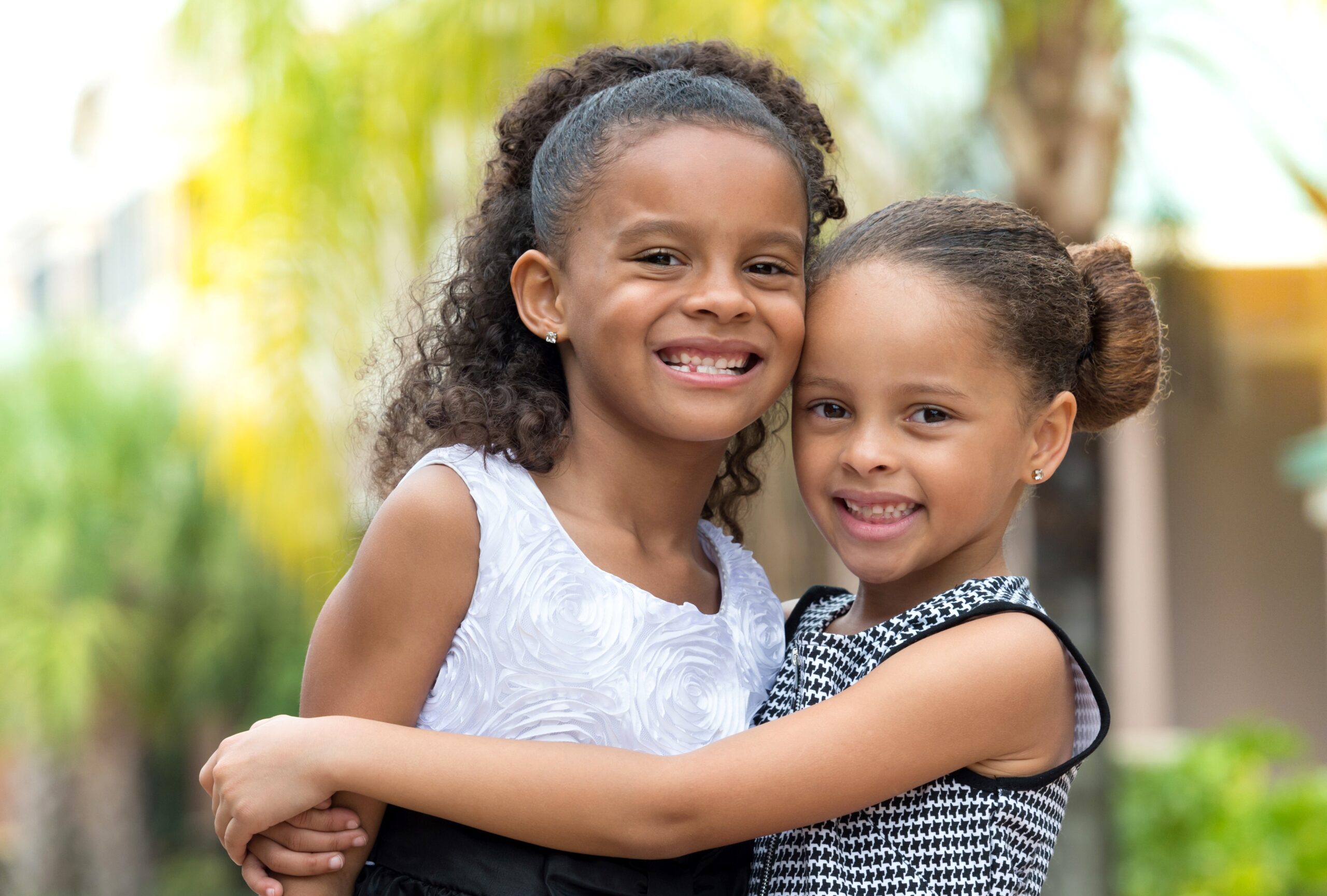
Good hygiene habits are essential for maintaining health and well-being, and teaching children the importance of cleanliness from a young age sets them up for a lifetime of healthy habits. Here’s how you can encourage good hygiene in your child in an easy and fun way.
1. Start with the Basics
Teaching children the essential hygiene habits sets the foundation for a lifetime of cleanliness. Introduce the most important hygiene tasks, such as washing hands, brushing teeth, and bathing.
- Handwashing: Teach your child to wash their hands after using the bathroom, eating, and touching dirty surfaces. Make it a fun activity by using songs or rhymes to ensure they wash for the right amount of time (about 20 seconds).
- Brushing Teeth: Encourage your child to brush their teeth twice a day. Make it fun and interactive by letting them choose their toothbrush or flavor. You can also make a game of brushing, like pretending their teeth are “dirt” and the toothbrush is the “cleaner.”
2. Make Hygiene Routine and Consistent
Consistency is key to helping your child form lasting hygiene habits. Set up a structured daily routine that incorporates hygiene practices at specific times.
- Morning and Night Routines: Incorporate hygiene habits into your child’s morning and bedtime routines. For example, after getting dressed in the morning, have them wash their face, brush their teeth, and comb their hair. At bedtime, reinforce brushing their teeth and rewashing their face.
- Use Visual Reminders: For younger children, create a visual checklist or chart to remind them of the different hygiene tasks they need to do each day. This will help them feel more responsible for their hygiene.
3. Teach Hygiene Through Positive Reinforcement
Use positive reinforcement to encourage your child to take ownership of their hygiene.
- Praise Good Hygiene: When your child remembers to wash their hands or teeth without being reminded, offer praise. Positive reinforcement will make them more likely to continue these behaviors.
- Sticker Charts: A sticker chart can be a fun way for younger children to encourage consistent hygiene practices. Reward them with a sticker every time they complete a hygiene task independently.
4. Make It Fun and Engaging
Hygiene doesn’t have to be boring. Make it fun for your child by incorporating games, songs, or stories.
- Sing a Song: Turn handwashing and brushing into a fun activity by singing a song together. For example, you could sing the “Happy Birthday” song twice while washing hands to make sure they wash for the proper amount of time.
- Engage Their Imagination: Use fun stories or role-playing to make hygiene enjoyable. For example, pretend that the toothbrush is a superhero saving their teeth from “germs” and plaque.
5. Lead by Example
Children learn best by observing their parents, so set a good example by practicing good hygiene yourself.
- Demonstrate Healthy Habits: Show your child how to wash their hands properly or brush their teeth before eating. They’ll likely adopt the same habits when they see you doing these things.
- Be Consistent: Stick to your hygiene routines. When children see that you take your hygiene seriously, they’ll understand the importance of doing the same.
Teaching your child good hygiene habits helps them stay healthy and builds confidence. By incorporating hygiene practices into their routine and making it fun and engaging, you’re setting them up for success in maintaining these habits as they grow.




